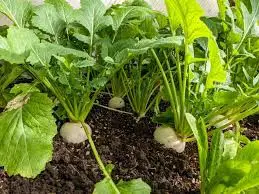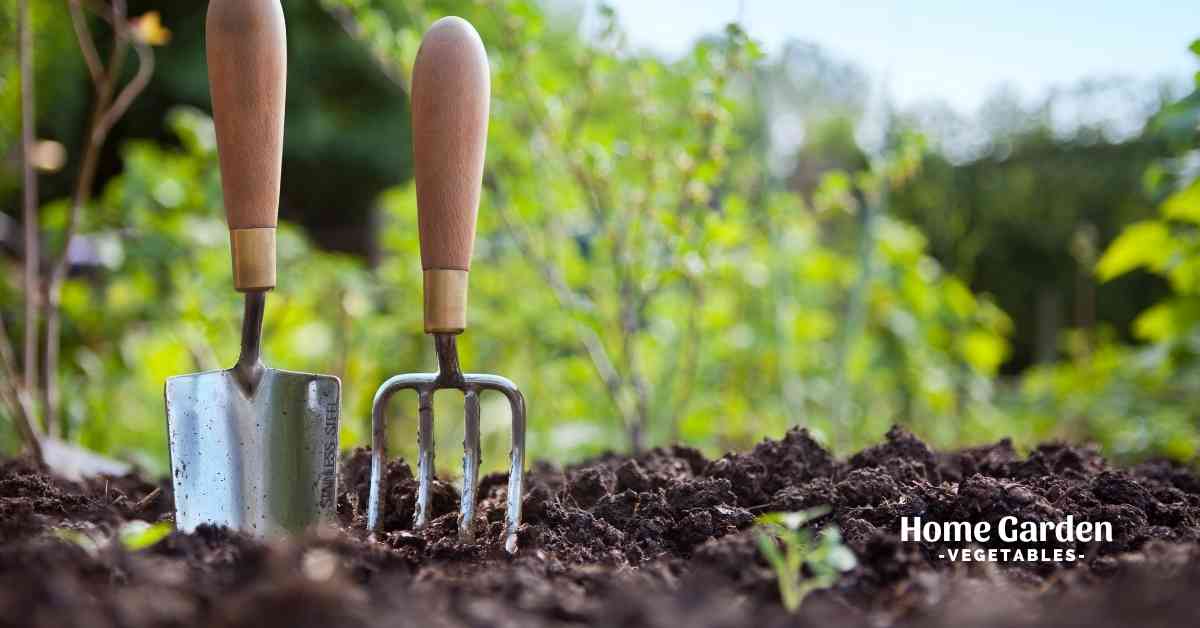Now that the growing season has come to an end, you may be wondering what you can do to improve your garden soil. If you follow the correct practices now, this year’s harvest will be considerably better.
So, how can you improve the soil in your garden throughout the winter months? To improve your garden soil in the winter, cover crops (such as oats or clover), soil testing results, and spreading compost are the best options.
Reader Poll: What online courses would interest you?
Planting cover crops at the right time is essential if you want them to grow and prosper. In addition, you’ll need to allow the soil amendments time to take effect. This winter, consider several options for improving your garden’s soil.

Soil Preparation Techniques For The Winter:
At 45°F (7°C), the soil and all its live organisms go into hibernation, resulting in a decrease in microbial activity. A little extra help may go a long way in improving the quality of the soil throughout the winter months. Winter is an excellent time to work on your organic garden’s soil development.
This list of winter gardening tips will attempt to be organized logically. The first step is the most evident. To get your garden ready for the following stages, begin by raking up the dirt.
Subscribe to our newsletter!
The Seeds Need Time To Sprout:
During the growing season, the soil fills up with fungal hyphae and mycelium, which are microscopic threads that, together with the roots of crops and weeds, slowly decay during the winter. Changing the bed would be like crashing the party, as nature has already laid out the table. Mulching over empty beds in the fall is preferable to cultivating them in preparation for a spring salad garden unless you have a compelling cause to do it otherwise. To get rid of those pesky perennial weeds, though, you are welcome to disrupt the soil if that is what is necessary.
Make Use Of Winter Mulch In Your Garden:
Free leaf raking protects the soil from the winter winds and is a great way to start the day. Wood chips, among other mulch materials, work just as well in gardens with soil that has been treated for several seasons.
Make Sure To Sow Winter Cover Crops Throughout The Colder Months:
As a result, a large number of cold-tolerant plants, which make great winter cover crops, were left unaffected. Wheat and barley are two of the best winter crops for protecting the soil from degrading. In the spring, cutting back winter cover crops like hairy vetch or winter peas leaves behind nodules of nitrogen that may be used by the next crop.
Weed Resistance During The Winter Months:
This isn’t the case with summer weeds. Winter weeds are smaller and less aggressive than their summer counterparts. Green mats formed by weeds like Chickweed and Yarrow help to preserve the soil from eroding. For example, dandelions and bittercress have tap roots that penetrate deep into the soil to improve drainage, making them a vital aspect of the landscape. It’s common practice in certain Australian fruit orchards to utilize winter weeds as a natural cover crop in the winter, and this may also be done in vegetable gardens. You can keep your garden free of winter weeds by hoeing, raking, and composting early in the spring.
Keep Your Compost In A Cool, Dry Place:
A blanket or even a low row cover tunnel may be used to cover compost piles in beds that will be empty until spring. Compost is applied in a thick layer on the bed’s surface, and the compost is then covered with a cloth. Compost and soil under the bed are protected from compaction by a fabric cover, which limits the quantity of precipitation reaching the soil and compost below.
As a matter of course, Every year, I use more and more since the fall is the one time of year when I have enough compost to be a little more generous. A few days after the winter cover is taken off, the compost is dug in. It’s good for my soul.
A No-till Or No-dig Gardening Approach May Be A Good Option For Your Needs:
There are two ways to improve the soil in your garden, both of which are similar yet distinct: no-till and no-dig.
No-dig or raised-bed gardening minimizes soil disturbance by not removing it from the bed. To form the growth medium, amendments are placed in raised planter beds and then left alone.
Using raised beds guarantees that the soil is not compacted by foot movement. Earthworms and other organisms will be able to keep things as naturally aerated as nature intended, if this is the case As long as the area is small enough, the exercise may be done on the ground.
This kind of gardening, which is quite similar to rototilling, allows you to get down to the soil’s deeper layers with minimal disruption. Using a rototiller is like using a sledgehammer to break up the dirt.
Not a bad hypothesis. There is no regard for the importance of the complex ecology of bacteria to plant health since rototilling destroys it.
Does It Make Sense To Cover My Garden For The Winter?
Covering your garden in the winter is essential. Winter gardening using a cover crop or mulch has the following benefits:
Keep rain or snow runoff from damaging the soil by preventing it from eroding and feeding the soil throughout the winter so that nutrients are available when the plants need them in the spring.
Conclusion
If you’ve read this far, you should have a good idea of what you can do to improve your garden soil this winter. Prepare for next spring’s crop now so it’s easier to grow a healthy one then.
Learn more about how to prepare your garden soil for the next growing season in my article here.
Share this article with a friend if you liked it and think they’d find it helpful.

